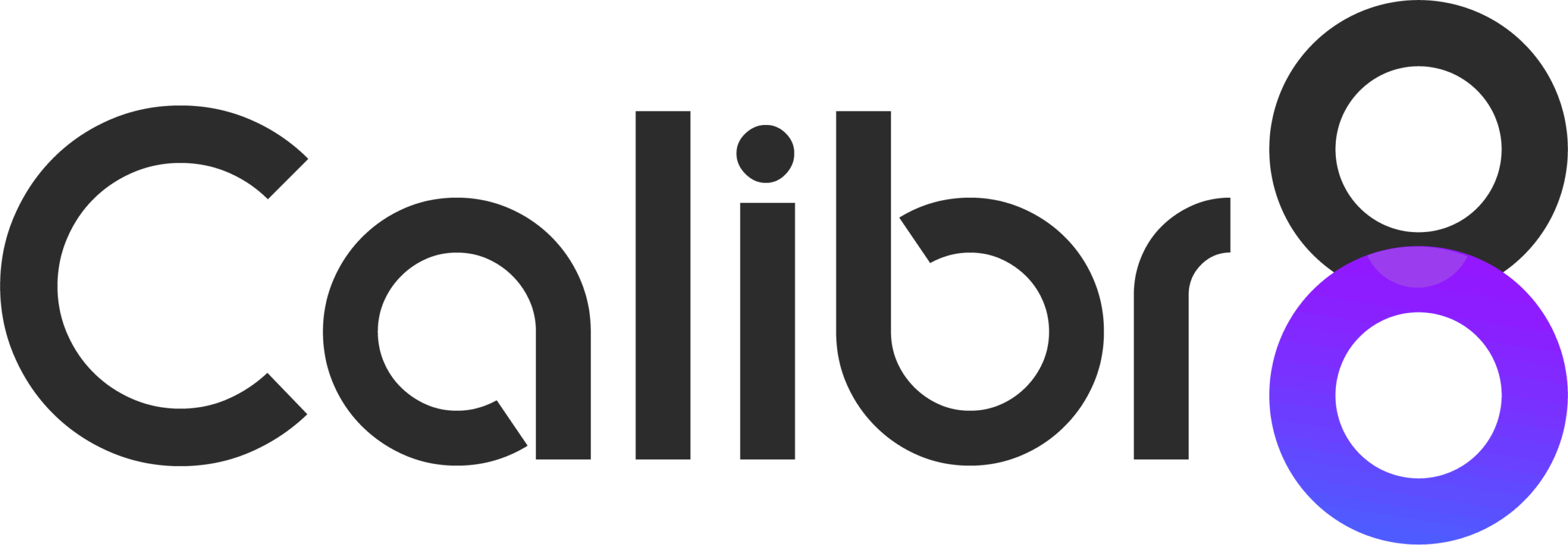Read time: 5 mins
Imagine launching a new product, brimming with excitement, only to find it fall flat in the market. This is a scenario many businesses face, highlighting the critical need for concept testing in market research. Concept testing, the process of evaluating potential products or ideas before they hit the market, can save companies from costly missteps and pave the way for successful launches.
Importance of Concept Testing in Market Research
Concept testing is vital as it helps validate ideas and assess their market potential. It provides businesses with actionable insights about consumer preferences, potential market challenges, and areas for improvement. By understanding consumer reactions early, companies can refine their concepts, leading to better product acceptance and success.
Types of Concept Testing Methods
Various methods are employed in concept testing, each serving different purposes:
- Qualitative Methods: These include focus groups and in-depth interviews that provide detailed insights into consumer perceptions and emotions.
- Quantitative Methods: Surveys and online questionnaires are used to gather large-scale data, offering statistical validation of concepts.
- Monadic Testing: This method involves presenting one concept at a time to respondents to gauge their reactions without influence from other concepts.
- Comparative Testing: Respondents evaluate multiple concepts simultaneously, allowing businesses to understand preferences and make informed comparisons.
- Proto-monadic Testing: A hybrid approach where respondents first see concepts individually and then compare them, combining the strengths of monadic and comparative testing.
Benefits of Concept Testing
Concept testing offers numerous benefits, including:
- Risk Reduction: Identifying potential issues early mitigates the risk of product failure.
- Cost Efficiency: Investing in concept testing can save significant resources by avoiding costly market flops.
- Customer Insight: It provides deep insights into customer needs and desires, enabling more targeted and effective product development.
- Competitive Edge: Understanding market preferences helps in creating products that stand out from the competition.
Steps to Conduct a Successful Concept Testing Study
- Define Objectives: Clearly outline what you aim to achieve with the concept test.
- Select the Right Method: Choose a testing method that aligns with your objectives and resources.
- Develop Concepts: Create detailed and well-defined concepts for testing.
- Recruit Participants: Ensure your sample represents your target market.
- Design the Study: Create questionnaires or discussion guides that elicit relevant information.
- Conduct the Test: Execute the study, ensuring consistency and accuracy in data collection.
- Analyze Results: Interpret the data to draw actionable insights and conclusions.
- Refine Concepts: Use the feedback to improve and refine your concepts before moving forward.
Common Challenges in Concept Testing and How to Overcome Them
- Biased Feedback: To avoid this, ensure your questions are neutral and your sample is representative.
- High Costs: While some methods can be expensive, using online tools and software can reduce costs.
- Time Constraints: Streamlining the testing process and using efficient data collection methods can help overcome time limitations.
- Data Overload: Focus on key metrics and actionable insights to avoid being overwhelmed by data.
Examples of Successful Concept Testing in Real-World Scenarios
Numerous companies have leveraged concept testing to great success. For instance, a major beverage company used comparative testing to refine a new drink flavour, resulting in a highly successful product launch. Another example is a tech firm that utilized monadic testing to identify the most appealing features of a new gadget, leading to enhanced product development and market success.
Tools and Software for Concept Testing
Various tools and software facilitate effective concept testing. Platforms like SurveyMonkey, Qualtrics, and Toluna provide robust survey capabilities.
Future Trends in Concept Testing
The future of concept testing is poised to benefit from advancements in technology and data analytics. Artificial intelligence (AI) and machine learning are increasingly being used to analyze consumer feedback more effectively and predict market trends. Virtual reality (VR) and augmented reality (AR) offer immersive testing environments, providing deeper insights into consumer reactions. As these technologies evolve, concept testing will become even more precise and impactful.
Conclusion: Leveraging the Power of Concept Testing for Market Success
Concept testing is an invaluable tool for businesses looking to innovate and succeed in competitive markets. By validating ideas and gathering consumer insights early, companies can refine their products, reduce risks, and increase their chances of market success. How can your business harness the power of concept testing to ensure its next big idea resonates with your target audience?
FAQs
Small businesses can use cost-effective online tools and platforms for concept testing. Many services offer affordable plans and free trials that can help gather valuable consumer insights without breaking the bank.
Monadic testing presents one concept at a time to respondents, allowing for focused feedback on each concept. Comparative testing, on the other hand, presents multiple concepts simultaneously, enabling direct comparison and preference assessment.
AI and machine learning analyze large volumes of data quickly and accurately, identifying patterns and predicting consumer behaviour. These technologies provide deeper insights and more precise recommendations, improving the effectiveness of concept testing.
Sample Made Simple.
Increase cost efficiency, feasibility and quality between project and vendor, all on one platform with Zamplia. Take a tour or book a demo with us today.


